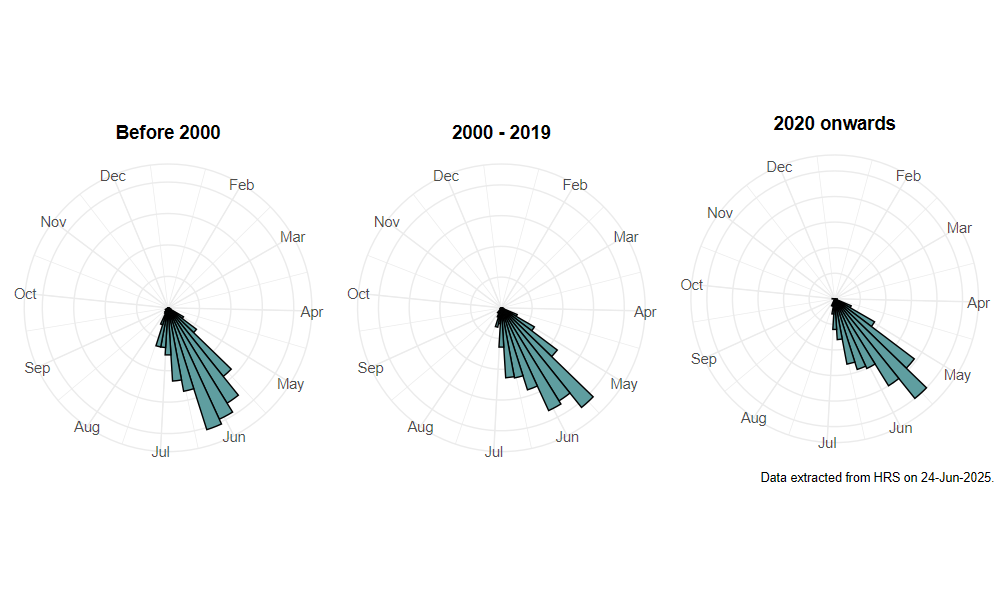Brachypalpoides lentus (Meigen, 1822)
Identification
Identification difficulty = 2. ![]()
![]() according to Ball & Morris, 20241
according to Ball & Morris, 20241
Synonymy
Xylota lenta Meigen 1822 in Coe(1953)2, Xylotomima lenta (Meigen, 1822) in Kloet & Hincks (1976)3.
Description
Looks like a large, dark Xylota with completely black legs and with the abdomen with tergites 3 and 4 blood red. Chalcosyrphus piger is very similar in appearance, but the red markings on the abdomen are more extensive, includes tergite 5. The thorax of B. lentus also looks rather more shiny than that of C. piger, which appears more dull black. On closer inspection, the hairs on the abdomen of B. lentus are pale golden and quite long, whilst those of C. piger are mostly short and dark.
Biology
The larva develops in the decaying heartwood of Beech Fagus sylvatica, particularly in live trees with exposed decay at ground level. Adults are often seen flying around the base of Beech and Oak Quercus sp. trunks and stumps. They sit on, or run around on, sunlit leaves (especially of brambles, Rubus) in openings and marginns of woodland. They have occasionally been found at Hawthorn Crataegus flowers, and have also been recorded visiting flowers of buttercups Ranunculus sp. There are several records of specimens found indoors on windows in wooded districts.
Flight period
The following plots show the number of unique records per week excluding those reported to be of immature stages.

Distribution
Most records are from lowlands south of Cumbria in England but there are scattered records as far north as Fort William.

Trends
The following plots show the Frescalo TFactor vs year and a map of the rescaled frequency (all records) for the species.
-
Ball, S., & Morris, R. (2024). Hoverflies of Britain and Ireland. WILDGuides (3rd ed.). Oxford: Princeton University Press. ↩
-
Coe, R. (1953). Diptera: Syrphidae. Handbooks for the Identification of British Insects, 10(1), 1–98. ↩
-
Kloet, G., & Hinks, W. (1976). A check list of British insects. 2nd Ed. Part 5: Diptera and Siphonaptera. Handbooks for the Identification of British Insects, 11, 1–139. ↩